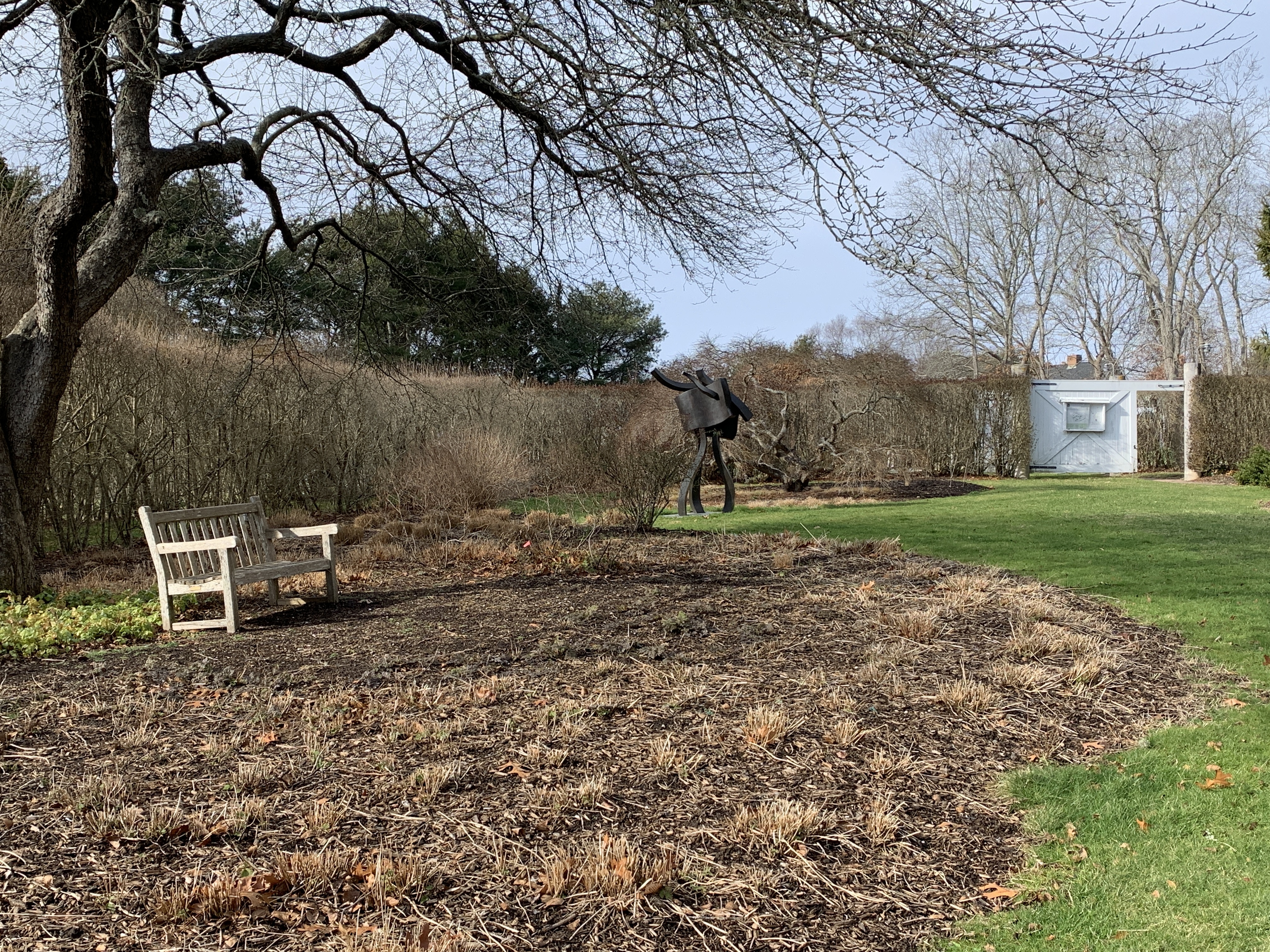Blog
A Note From Rick | January at Bridge Gardens
By Rick Bogusch
The new year is often a time of reflection, but with gardening, it’s also a time of looking forward, and certainly no time for resting on laurels. There’s always much to do.
Like ordering vegetable and flower seeds for 2022. Last year, seed supplies were limited and many varieties sold out early. I recommend getting orders in before month’s end to make sure you get what you want. Before long, in February, it will be time to start seeds inside, seeds like artichokes, broccoli, cauliflower and cabbage. And soon after that, early crops like arugula, spinach, radishes and kale can be sown directly outdoors. If you are interested in growing from seed, I’ll be sharing tips in an upcoming video. You can view the video, as always, on our blog. In fact, there are a variety of instructional videos on the blog that you can enjoy right now
![block.image[0].title](/assets/images/IMG_7349.JPG)
Many grow tomatoes from seed, starting them in March or April. Whether heirloom or modern varieties, there are many options to consider when purchasing tomato seeds. Taste, size, use and disease resistance all factor in preference. Choosing the right varieties is important, and not just with tomatoes. Everyone has his own preferences, but for me, there’s nothing like Orient Express eggplant, Hercules carrot, Indigo radicchio, Lincoln leek, Forum onion sets and many other favorites. They are my favorites because, after many years of growing them and other varieties, they’ve demonstrated the vigor and disease resistance I always look for and are adapted to the growing conditions here at Bridge Gardens.
![block.image[0].title](/assets/images/IMG_7352.JPG)
Cold stratification of goldenrod, milkweed and coneflower seeds
I just sowed the first seeds of 2002 on January 3rd. Many native species need to be sown now so they receive 30-60 days of cold stratification. This means a range of temperatures from the coldest winter can present up to 40 degrees or so. I just thickly sowed 2 species of goldenrod and Salvia azurea in small pots, in regular potting soil, and put them up outside, right next to a house wall for protection from wind and extreme cold. In late winter/early spring, I’ll move the pots into a warmer, sunnier spot and hope for the best. In spring, if and when germination occurs and seedlings grow, I’ll up-pot the young plants and grow until large enough to put in the ground.
Weather permitting, January is also a great time to work outside and prune. I find it’s easy this time of year to see what needs to be cut, whether it’s to remove deadwood and crossing branches or re-shape a shrub or small tree.
It’s a great time for edging too. Though we don’t edge at Bridge Gardens as much as we used to, we do edge certain beds, especially in the vegetable garden and the community garden, to stop the lawn and gill-over-the-ground from creeping in and to delineate garden boundaries and pathways.
Edging is not as popular as it once was. Many now prefer the blurred lines of natural habitat gardens, not only for their naturalistic appearance, but also because they require less work. In certain situations, I still like crisp edges creating straight or sinuous lines of beauty in the landscape. But I also really appreciate our new low-mow beds, created by just mowing their edges and the pathways between them. This approach has worked out well in the orchard and the low-mow demo area behind the rose garden and will be used more and more at Bridge Gardens in the future.

This bed will get a crisp edge by spring.

Low-mow area around the orchard.
Now is also a good time of year to get ahead with mulching. We’ve been re-doing the shed bed near the overflow parking lawn. If it doesn’t get too cold, we’ll continue removing non-native plants and invasive weeds like mugwort, and then mulch with what’s left over from the pile we bought to winterize the roses.
![block.image[0].title](/assets/images/IMG_7332.JPG)
Roses mulched for the winter
As I said, there’s always much to do in the garden.
Those balmy days we had at the end of December brought visitors to Bridge Gardens and they still come, even on cold, cloudy days. I hope you’ll join them soon.
~~ Rick
![block.image[0].title](/assets/images/IMG_7348.JPG)

